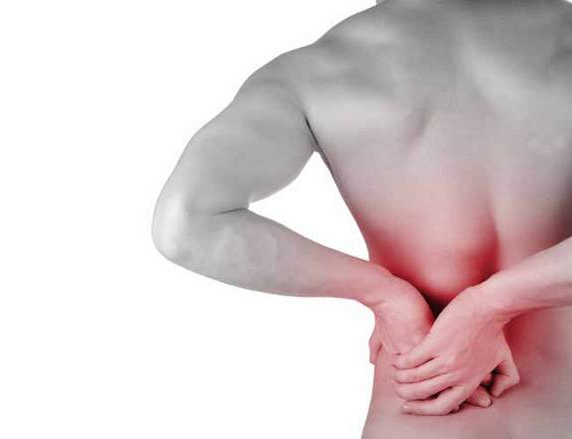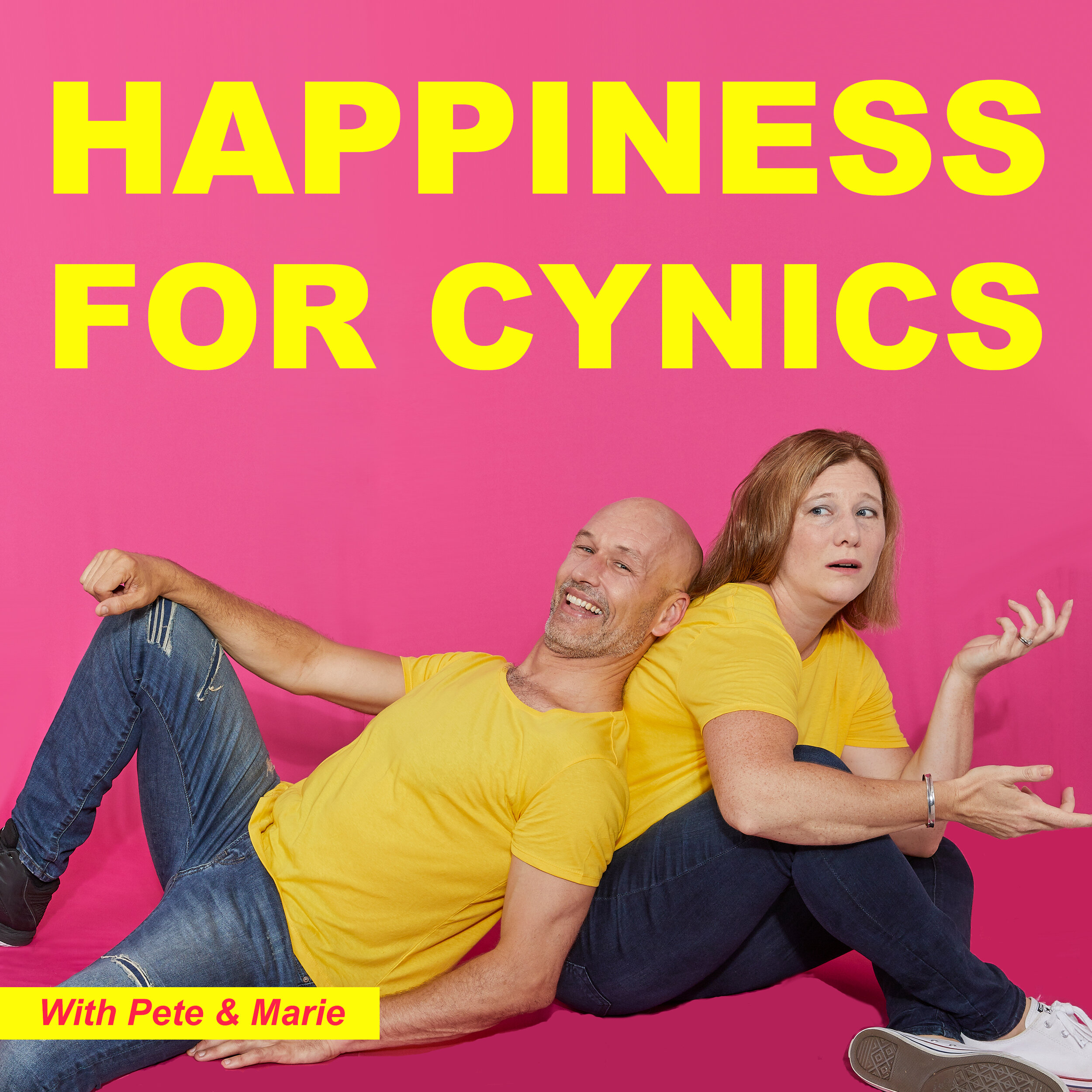Much research exists on neural performance and fatigue in high intensity and endurance athletes. In a nutshell, the consensus of articles tends to value that the nervous system needs more time to recover from intense exercise than does the muscular and cardiovascular systems. Pushing into fatigue on hard days in a training regimen is beneficial, only if you also have your ‘easier’ or ‘off’ days. This allows all the systems in the body the time to recover and reset before optimal output is once again attempted.
So - you’re getting tingling down your arm, you may even have some sensation in your fingers and along your shoulder. You could also be presenting with coldness in the arm and fingers and even some discolouration in the arm after or during exercise - one of the elements to consider is a condition called Thoracic Outlet Syndrome (TOS).
Clients presenting with disc herniations will usually be accompanied with numbing pain and radiating pain in their extremities. Notably the sensation affects broad areas of the legs and arms and even down to the feet and hands due to the nature of neural (nerve) involvement in a disc bulge. This neural involvement is particularly noteworthy in a cervical disc bulge due to the relatively small space between vertebral segments. Any change in the discs here is felt perhaps more acutely than in the lumbar spine as there is just less space for the body to tolerate any changes in this small opening.
Knowing what type of knee pain is important as the treatment protocols do differ for each one and understanding what the presenting issues are can help you to target exactly why you are getting the knee pain. This also determines what type of remedial activity you can indulge in and whether you can rebuild yourself back into your sports activity, or whether it is time to hang up the boots, pads, or runners.
Anatomically the shin splint is a collection of conditions that can be coined into this ‘umbrella term’. From muscular tears, inflammation of the periosteum (connective tissue enveloping bones at joints) and even hairline fractures. They are usually the result of overuse of the Tibialis Anterior, Extensor Digitorum Longus and Extensor Hallucis Longus muscles that run down the lateral part of the anterior lower leg. It can also relate to tearing of the Tibialis Posterior Muscle and soleus that lie in the posterior compartment. These muscles are connected to the tibia via a periosteum - a connective sheath that runs the length of the tibia bone and encases the muscles within it. Which is perhaps unique in the body as most muscles attach only at the ends of their tendinous insertions.
It is interesting how often I can encounter clients who come to me with history or current concerns about seizures. Perhaps the most common attribute of these complaints can often be an ‘embarrassment’ to discuss the issue. “it’s nothing… it was just a turn… I had a blackout of sorts…” Some other cases are a little more prevalent where a tremor or shake can be a social embarrassment or something to hide. But we should all be aware that these conditions should and do need to be taken seriously and discussed. It does not mean that everyone needs a CT Scan straight away but an awareness about what different types of seizures can and do entail is worth discussing so that the ‘embarrassment’ factor is not cause for non-investigation.
A Morton’s Neuroma is a thickening of the plantar nerve that innervates the sole of the foot. Rather than the neuroma being a tumour or growth (as the anatomical term implies), the Morton’s Neuroma is a thickening of the sheath (or sock) that surrounds the plantar nerve. So rather than it being a pebble in your foot, it is the surrounding tissue of the nerve that becomes irritated and creates swelling that then impedes function.
Having a heel spur doesn’t create the inflammation that occurs in an area or that radiates to the underfoot. It is documented that in some cases a bone spur of up to 1cm on both heels only illicits pain in a single foot. Some say as little as 5% of bone spurs result in inflammation and painful conditions. The issue comes about when a bony formation occurs close to or at the site of a tendinous insertion. Its not necessarily that the spur irritates the tendon, moreso it creates a bio-mechanic (the way that an articulation/joint moves or operates) that can create an inflammatory response or ask too much of a tendon/muscle to overperform. So indeed you are often not necessarily treating the spur but the condition that is being caused by it.
Bodywork can play a huge role in managing symptoms relating to both physical issues of the hypertonic contractions as well as the mental and sensory issues associated with touch and therapy. The depressive nature of the disease and the isolation of physicality is a viscious circle and is one that massage therapists and bodyworkers can directly address. It's not just about getting tight muscles to release and relax, but about getting sensory perceptions to be activated, re-firing neural pathways and getting neurons to communicate and keep their pathways communicating. Touch is vitally important in these circumstances and just having a treatment can be a great alleviator to the isolation that these people can feel.
Many factors determine how to treat a torn (partial tear ) or ruptured (complete tear) of the ACL. The severity of the tear and the degree of movement or impact that the client may be likely undertake in the future is a major concern. Is the client likely to undertake impact sports in the future or are they at the tail end of their career? This is a very real concern for those facing ACL surgical repair.
The labrum is the articular surface (the area where the ball of the arm bone or humerus connects to the actual joint surface or glenoid cavity *the socket of the shoulder). Its like looking at the Universal Joint on a car crankshaft. The surface on the inside of the socket is where the labrum forms a secure ‘cuff’ for the bony humerus to insert into. Like a ring of fibre that makes the articulation more secure, it helps to create a deeper rim. Like the rubber ring on a preserving jar.
The hangover is over, the parties are done and now it is the time to move into the reasonably slow return to form and work that is January. Now is the time that resolutions are adhered to with religious zeal. Its easy to get up in the mornings and don the workout gear, the running shoes and jog off into the early morning glare. With warm mornings and some people still away on break, there's so much less distraction. Make use of that and set the habits now so you don't get distracted later on when its March.
However, there is a very real threat of throwing yourself into the fray with just a little bit too much 'exercise' abandon. Its great to harness the excitement of 'going for it' and utilising all that freshly cultivated motivation, throwing on the running shoes that you got from Aunty Beryl for Christmas and setting out your weekly timetable of 6am spin classes with an added lunchtime run around the Botanical Gardens and yoga at 8:30pm. But the danger is that you got 'too hard', 'too quickly'.
Understanding and embracing the fact that this is when everything goes out the window is a positive outlook to the frantic rush that is pre-Christmas. You can have all the best intentions of 'doing it strongly' and committing to gruelling summer training schedules and restricted eating plans so that come January 1, you are able to strut your stuff on the boardwalks of Bondi and not feel intimidated.
People who suffer from chronic pain know how debilitating it can be. Pain can take the joy out of simple, everyday activities and make life difficult and overwhelming. Pain can be all-consuming, exhausting, depleting. Often an underlying cause for pain can’t even be found, leaving a patient with very few treatment options other than pain killers or other strong medications.
One of the best things you can do to ensure your good health is to learn how to read food labels and to understand what you're eating and where it comes from. There's a lot of jargon on the labels that can confuse, befuddle and make digesting the information more difficult than digesting the product! But there are a few tricks in there that are utilised by food producers to get away with non-legitimate claims. Knowing what you are looking for and identifying what is true for you is a little bit of education that is important for making the right choices.
Scheduling in time to reflect is important. Putting it in the diary makes it a task. Which you want to do if you are serious about maintaining that balance between work/life/relationships etc. Brainstorming and ideas don't flow freely when we are frantic and stressed and trying to 'fit' something into the daily work planner. Like a garden, it needs time and space to grow.
MOVE IT OR LOSE IT. It's a simple process of using what you have so you can keep it active and toned. If you want your brain to remain active and not suffer from dementia - exercise it. If you want your knees to stop aching in the winter - get them moving, get them active and they will respond. Sitting down is not going to give anyone a better, healthier outlook on life.
Getting the right advice is important. Getting the right diagnosis is paramount. Having contrary opinions is all very valid, but if a practitioner isn't listening to what you are saying and not taking into account 'your' experience and what you 'feel' is the issue, then perhaps it is time to find another therapist. You are the person who can give the information about exactly what is being experienced and that information is often a great insight for anyone wanting to investigate symptoms or conditions. It is a therapist's job to LISTEN. Despite having qualifications and degrees and years of being a professional, no-one knows your body better than you do. Only you know what you are experiencing. Being able to illustrate or dictate that is sometimes a challenge but never believe that you don't know better or that what you think isn't valuable!
Often a transition from couch potato to active individual is brought about by an upheaval. Again, a sufficient lever to promote you into action as opposed to sitting back and being 'reactionary'. This can be a threat of ill health (such as a doctor's dressing down of your lifestyle), a failed attempt at a 20km hike or a sudden realisation that you are under and below a level of health/fitness that you thought you were. Seizing on these 'opportunities' are a great way to propel you forward into your new habit forming action. Seizing that moment and beginning 'now' rather than later creates urgency which results in you being more likely to follow the momentum you are creating.



